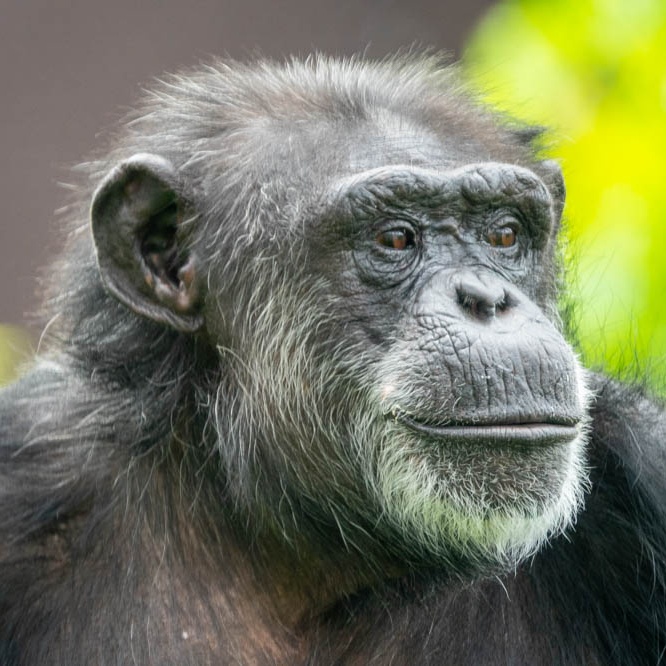Another installment in Cody’s “will it charcoal” series.
Dry dung has been used as fuel since forever. Usually not as charcoal though, and Cody shows why - low density, lots of ash, lots of carbon being lost to the air. (See: flammable smoke)
Well, if he was doing science, couldn’t he use a clean, dry fuel for the heating part and keep the manure in the retort part?
I’ve flame shielded Vetiver grass before, it wasn’t smoky. It was just fast and tricky to burn right.
The issue isn’t the smoke itself, but the flammability of the gas output - it means that you’re losing hydrocarbons that could be burned for energy. And odds are that the manure in the retort part is also doing it.
This inefficiency is actually a big deal, since people use dung as a fuel mostly when they don’t have access to something else to burn.
Yeah, I get that but, personally, I feel, the creation of biochar is supposed to be a clean, smoke-free process so as to make the storage of the carbon the most efficient.
I can understand the manure retort experiment (my grass burn was also an experiment but not something I did again) but it would have been nice to have seen a clean burn attempt. Since he was picking manure up off the ground right next to a cow’s arse, you can’t even guarantee low moisture fuel or feedstock.
Maybe an airgap at the base of the flue might allow a secondary burn inside there.
Will an organic matter turn to charcoal during pyrolysis.
Tune in for over 8 minutes to find out the answer.
Spoiler: Yes.
That’s a better question than “will he eat it?” But then again…
For other readers that might be questioning…
Spoiler: He ate it. Offscreen though, it could have been a granola bar.




